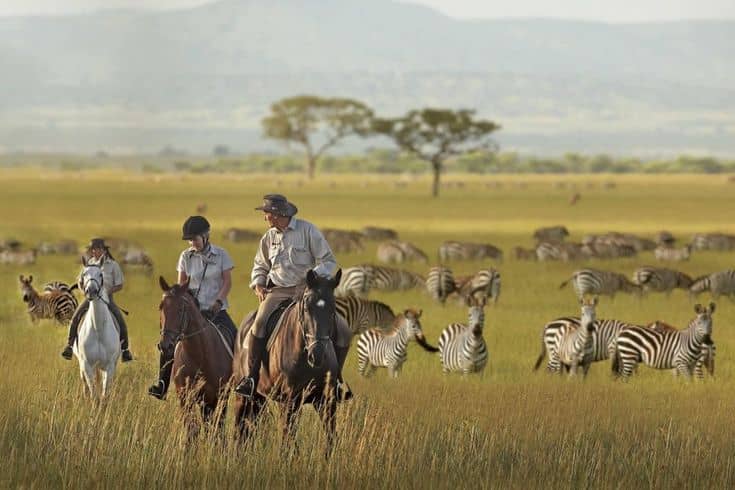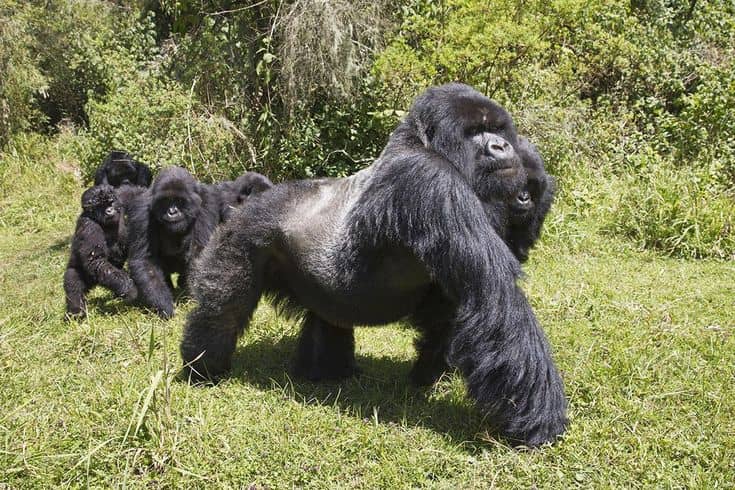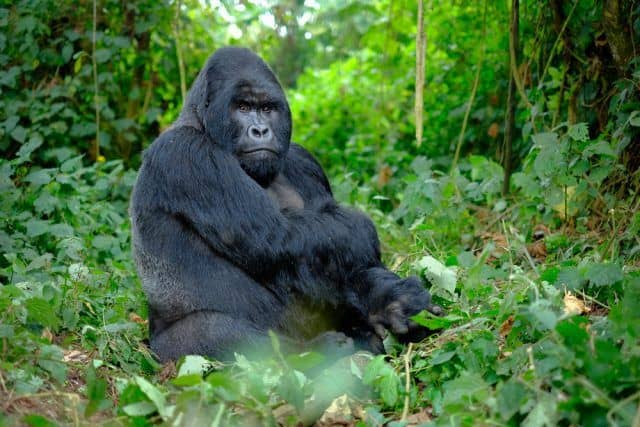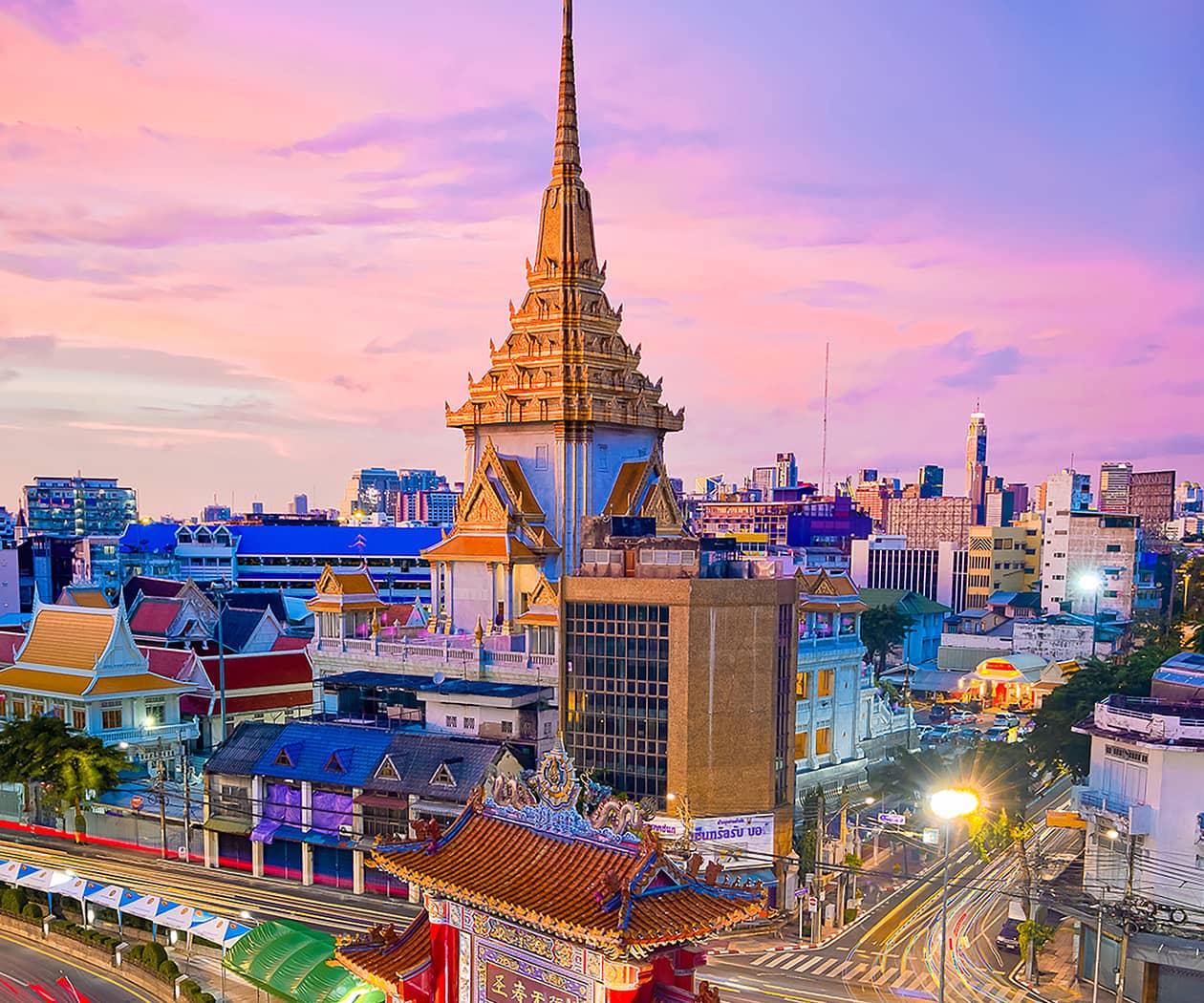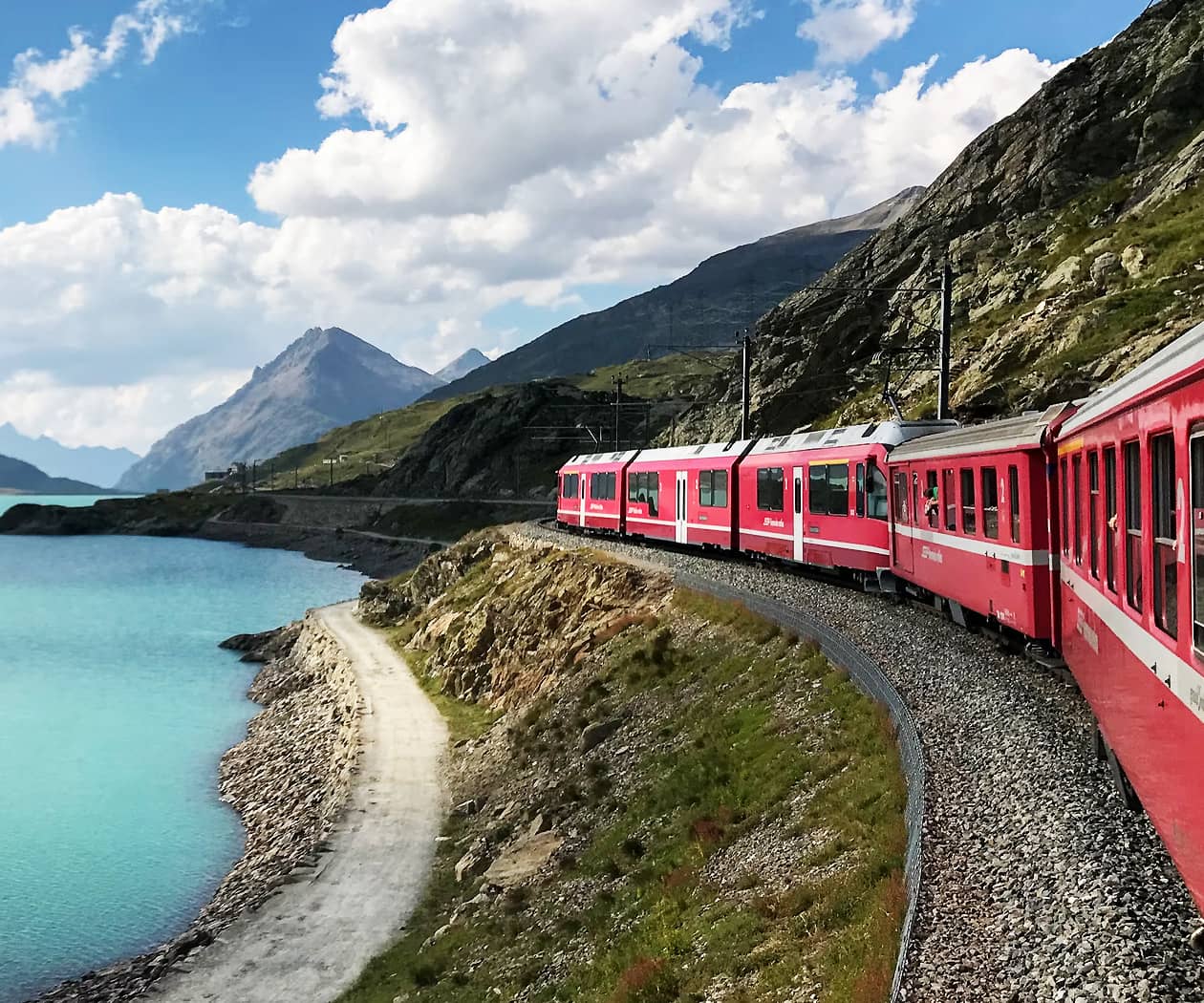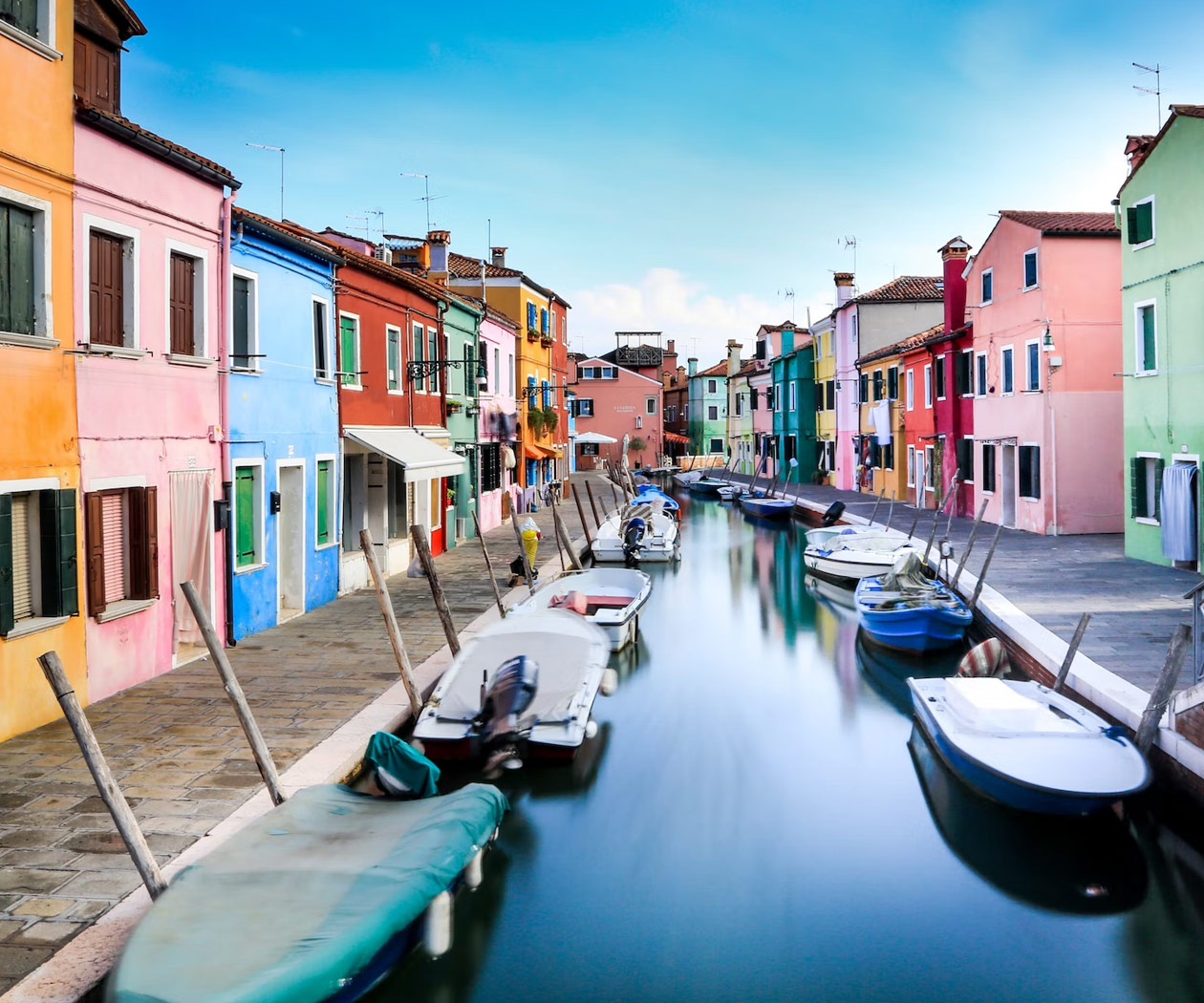How Climate Change Is Affecting Uganda’s National Parks
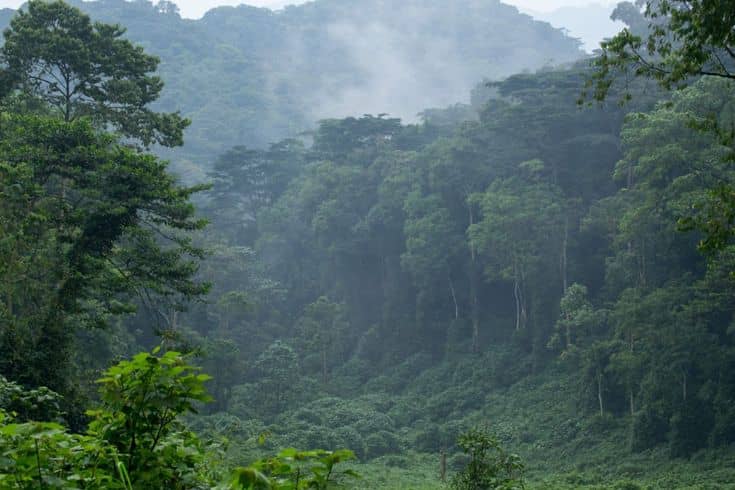
Uganda, famously known as the “Pearl of Africa,” is home to some of the continent’s most breathtaking national parks, from the gorilla-rich jungles of Bwindi to the vast savannas of Queen Elizabeth National Park. However, beneath the beauty lies a growing threat, how climate change is affecting Uganda’s national parks. Rising temperatures, shifting rainfall patterns, and extreme weather events are altering ecosystems, endangering wildlife, and impacting tourism.
If you’re planning a safari or trekking adventure in Uganda, understanding these changes is crucial. This blog explores the impacts of climate change on Uganda’s iconic parks, what’s being done to combat them, and how travelers can visit responsibly.
The Growing Threat to Uganda’s Natural Treasures
Climate change is no longer a distant concern, it’s reshaping Uganda’s landscapes today. The country’s national parks, which rely on delicate ecological balances, are experiencing disruptions that threaten wildlife, vegetation, and even tourism operations. Here’s how climate change is affecting Uganda’s national parks:
1. Changing Weather Patterns & Water Scarcity
Uganda’s national parks depend on consistent rainfall to sustain rivers, lakes, and wetlands. However, unpredictable droughts and shorter rainy seasons are drying up vital water sources.
-
Queen Elizabeth National Park: The Kazinga Channel, a lifeline for hippos and elephants, has seen reduced water levels, forcing animals to travel farther for hydration.
-
Murchison Falls National Park: The mighty Nile’s flow has fluctuated, affecting boat safaris and wildlife that depend on the river.
2. Shrinking Habitats & Wildlife Migration
As temperatures rise and vegetation patterns shift, animals are struggling to adapt.
-
Bwindi Impenetrable Forest: Rising temperatures could push mountain gorillas higher into the mountains, reducing their already limited habitat.
-
Kidepo Valley National Park: Prolonged droughts are reducing grassland quality, impacting grazers like buffalo and antelopes.
3. Increased Human-Wildlife Conflict
With natural resources dwindling, animals are venturing closer to villages in search of food and water. Elephants raiding crops and lions preying on livestock have become more common, leading to dangerous confrontations.
4. Threats to Biodiversity & Endangered Species
Uganda’s parks are biodiversity hotspots, but climate change is accelerating habitat loss.
-
Birdlife in Mgahinga Gorilla National Park: Migratory patterns are shifting, affecting rare species like the African green broadbill.
-
Tree Species in Kibale Forest: Some plants may not survive warmer temperatures, disrupting the food chain for primates.
How Uganda Is Fighting Back
While the challenges are immense, conservationists, the government, and local communities are taking action to protect these vital ecosystems.
1. Reforestation & Habitat Restoration
Organizations like the Uganda Wildlife Authority (UWA) and WWF Uganda are planting trees and restoring wetlands to combat erosion and maintain water sources.
2. Sustainable Tourism Initiatives
Eco-friendly lodges, solar-powered camps, and community-based tourism help reduce carbon footprints while supporting local economies.
3. Wildlife Monitoring & Research
Scientists are tracking animal movements and health to predict climate impacts and adjust conservation strategies.
4. Community Education & Alternative Livelihoods
Programs teaching sustainable farming and beekeeping reduce reliance on park resources, easing human-wildlife conflicts.
How Travelers Can Help
As a visitor, you can make a difference by:
Choosing eco-friendly lodges (e.g., solar-powered camps, waste-reducing hotels).
Supporting conservation-focused tours (e.g., gorilla trekking permits fund protection efforts).
Reducing plastic use (many parks ban single-use plastics, bring reusable bottles!).
Respecting wildlife guidelines (keeping distance, not feeding animals).
Donating to local conservation projects (many NGOs work to protect Uganda’s parks).
The Future of Uganda’s National Parks
The question isn’t just how climate change is affecting Uganda’s national parks, but what we can do to protect them. While the threats are real, sustainable tourism and global awareness can help preserve Uganda’s natural wonders for future generations.
By visiting responsibly, supporting conservation efforts, and spreading awareness, travelers play a crucial role in safeguarding these irreplaceable ecosystems.
Final Thoughts: A Call to Action
Uganda’s national parks are more than tourist destinations, they’re vital ecosystems that sustain wildlife, communities, and global biodiversity. Understanding how climate change is affecting Uganda’s national parks is the first step toward making a difference.
Will you be part of the solution? Plan your trip with sustainability in mind, and let’s ensure the Pearl of Africa remains vibrant for years to come.

